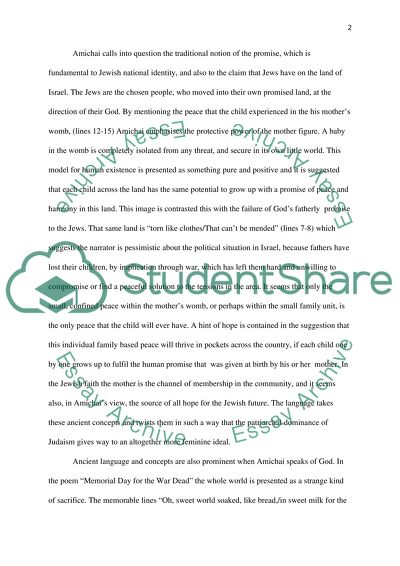Cite this document
(“How the narratives of Yehuda Amichai frames our understanding not Essay”, n.d.)
Retrieved from https://studentshare.org/literature/1441841-final-essay
Retrieved from https://studentshare.org/literature/1441841-final-essay
(How the Narratives of Yehuda Amichai Frames Our Understanding Not Essay)
https://studentshare.org/literature/1441841-final-essay.
https://studentshare.org/literature/1441841-final-essay.
“How the Narratives of Yehuda Amichai Frames Our Understanding Not Essay”, n.d. https://studentshare.org/literature/1441841-final-essay.


